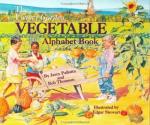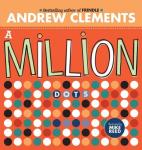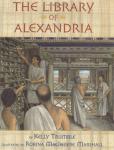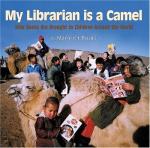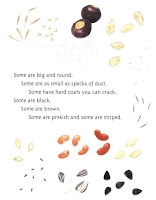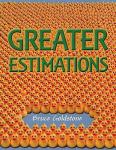Elementary
Learning Wrap-Ups: Basic Math Introductory Kit
These colorful key-shaped plastic flash cards allow students to practice basic Math skills by wrapping a string around the ribbed edges of each card to identify the correct answer. (Cards are attached together on a pivot point in groupings of 10 cards organized by operation.) The cards are cleverly self-correcting – when the child finishes each card, they simply flip it over; when all answers are correct, the string will match the diagram on the back of the card. The basic operations sets are simple equations where you match the equation to the correct answer.
First Communion / First Confession
This is a relatively-recent reprint that combines two older titles by Our Lady's Catechists into a single volume. Please see our individual reviews:
Originally published in 1954. Republished 2022.
A Million Dots
There are indeed a million dots in the book, although the book states it would take over eleven days for the reader to actually count them! On each page one of the dot numbers is highlighted and a large illustration depicts what that number represents. For instance, dot number 265,000 represents the number of different kinds of moths and butterflies on earth, and dot number 615,100 represents the number of words in the Oxford English Dictionary.
My Librarian is a Camel
The libraries I grew up with did not even resemble what we have available today... truly. I am not able to go to my weekly visits to the library without being amazed at how fortunate we are. This friendly book will help your children appreciate what some other children in the world go through to be able to borrow a book!
Going beyond that, the book has information and maps on each country discussed and lots of fun photographs!
Greater Estimations
You may have enjoyed, like we have, Great Estimations in the past. I was happy to find in the library this week a brand new sequel by the same author!



